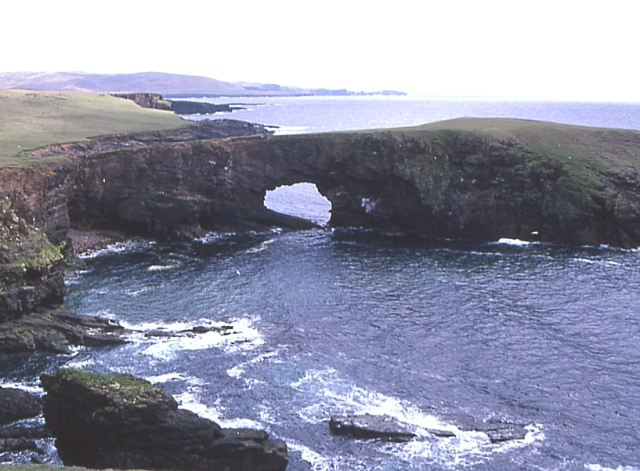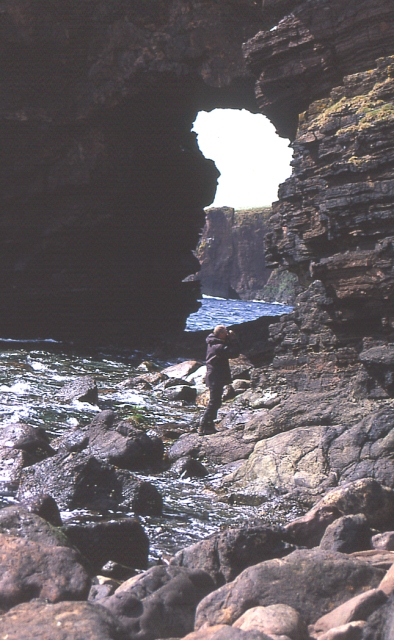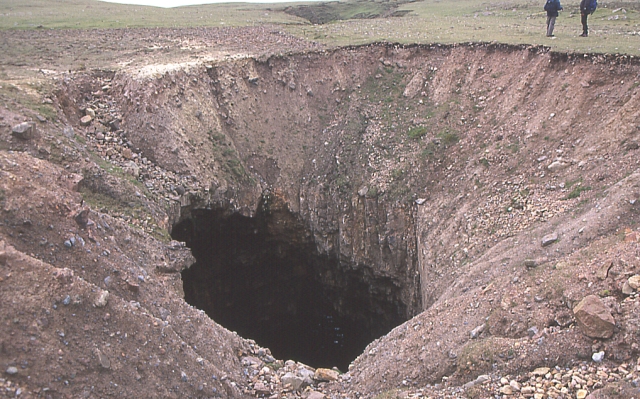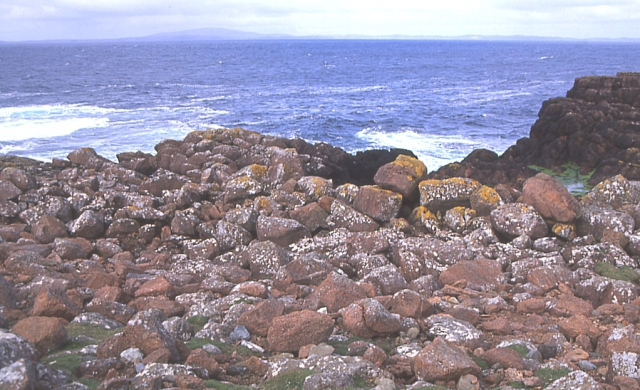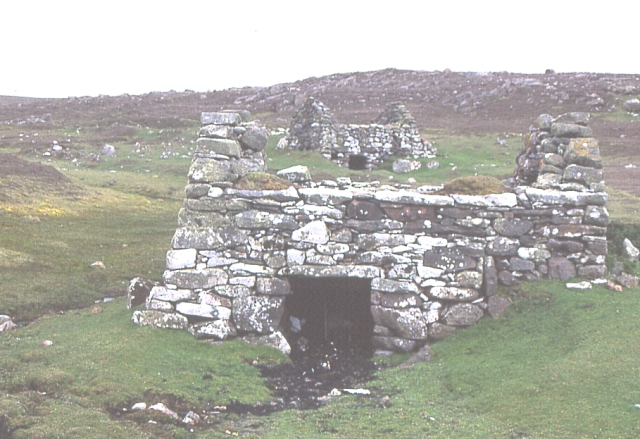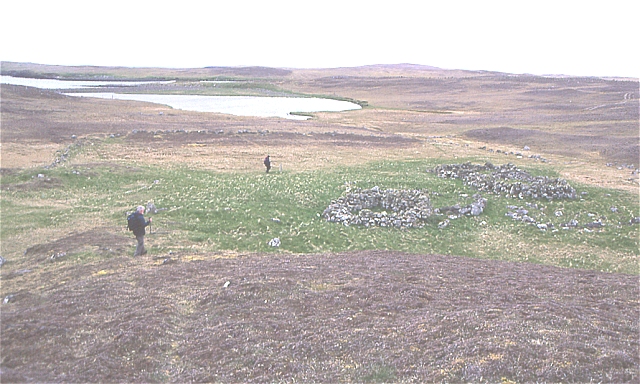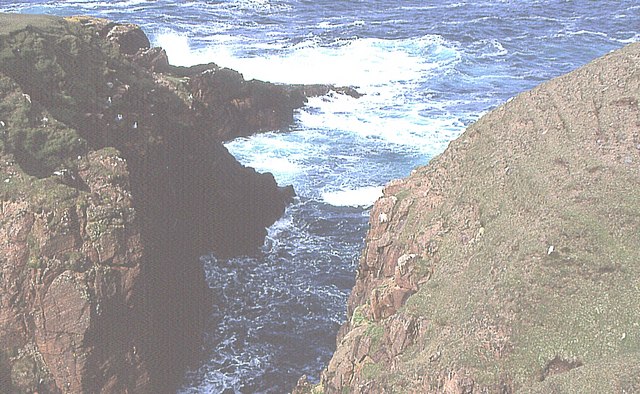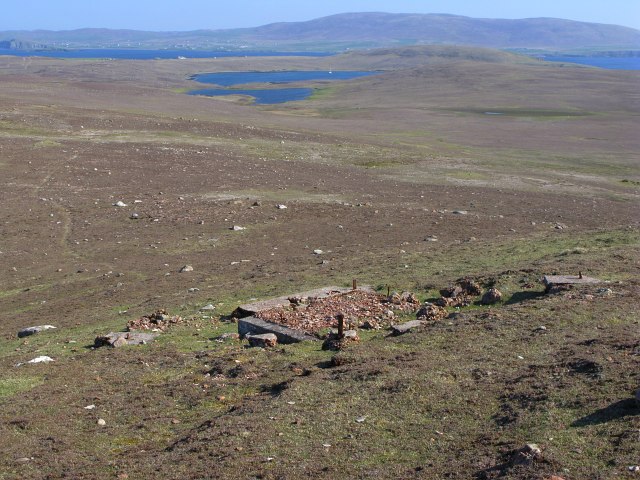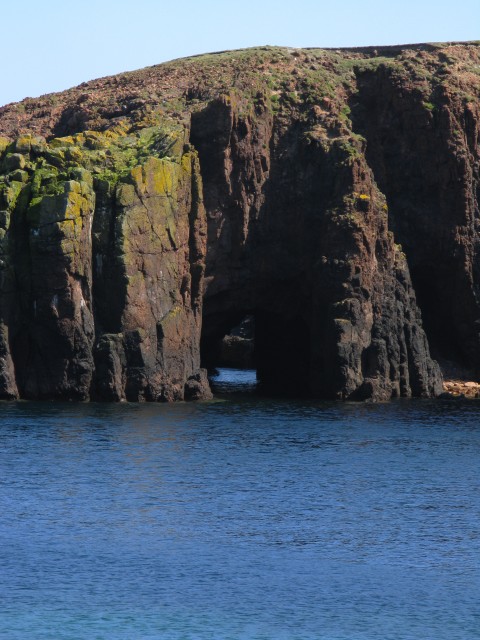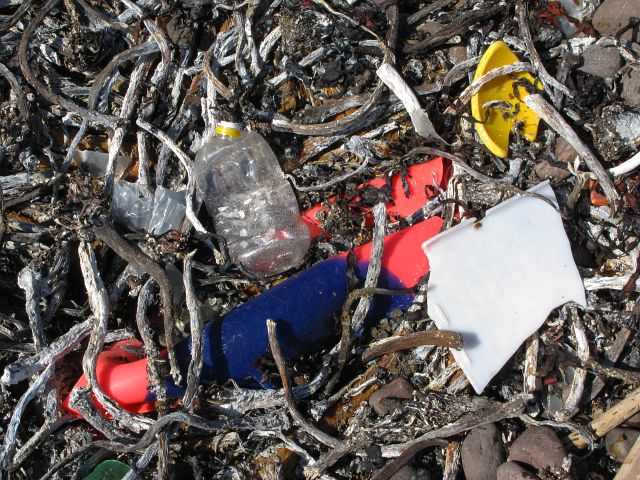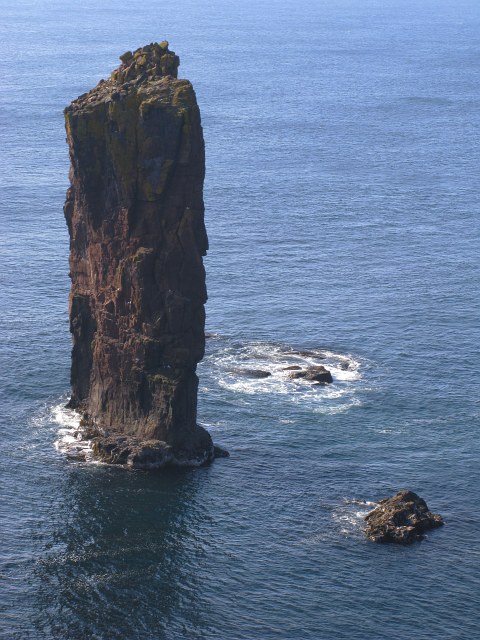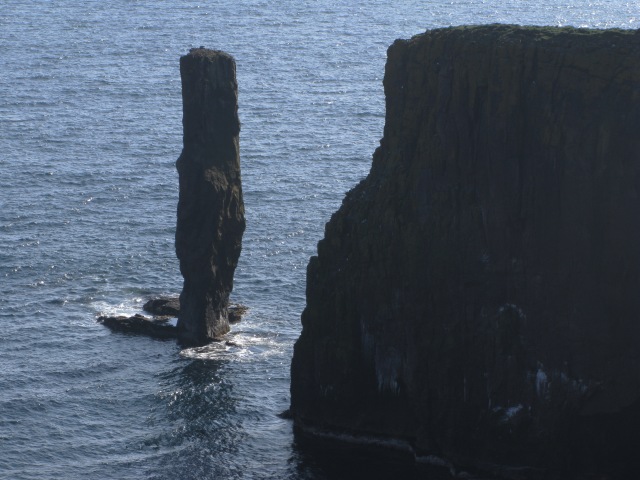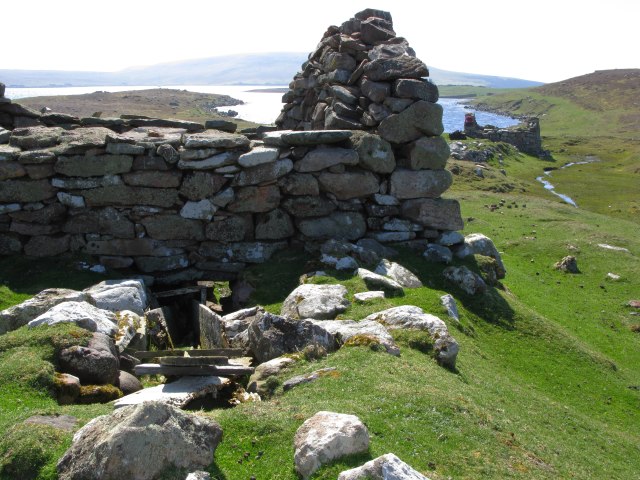Little Virda Field
Downs, Moorland in Shetland
Scotland
Little Virda Field
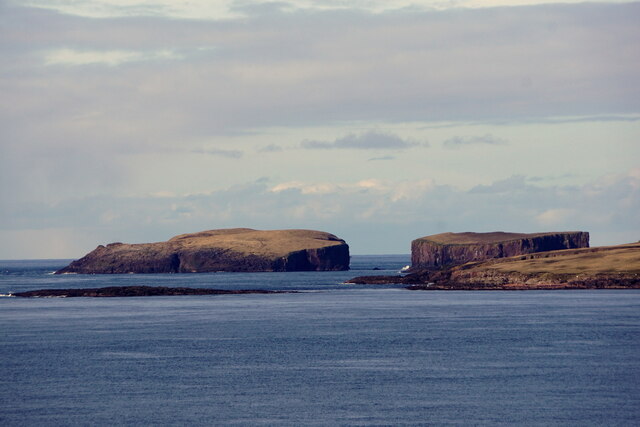
Little Virda Field is a picturesque area located in Shetland, a group of islands in Scotland. Situated amidst the stunning landscape of Downs and Moorland, this field is a haven for nature enthusiasts and outdoor lovers.
Covering an area of approximately 50 acres, Little Virda Field is known for its rich biodiversity and scenic beauty. The field is characterized by gently rolling hills, lush green grass, and scattered wildflowers. The surrounding moorland adds a touch of ruggedness to the landscape, creating a captivating contrast of colors and textures.
The field is home to a variety of plant and animal species, making it a popular spot for birdwatching and wildlife observation. Visitors can spot a wide range of bird species, including meadow pipits, curlews, and lapwings, as they soar above the field. Small mammals such as voles and shrews can also be found scurrying through the grass.
Little Virda Field offers numerous walking trails and paths, allowing visitors to explore its natural wonders at their own pace. The field provides a peaceful atmosphere, making it an ideal spot for picnics, relaxing walks, or simply taking in the breathtaking views. The nearby Downs offer opportunities for hiking and panoramic vistas of the surrounding countryside.
Overall, Little Virda Field in Shetland is a hidden gem for nature enthusiasts, offering a serene escape from the hustle and bustle of everyday life. Its stunning landscapes, diverse wildlife, and tranquil ambiance make it a must-visit destination for anyone seeking a closer connection to nature.
If you have any feedback on the listing, please let us know in the comments section below.
Little Virda Field Images
Images are sourced within 2km of 60.339089/-1.7212028 or Grid Reference HU1561. Thanks to Geograph Open Source API. All images are credited.
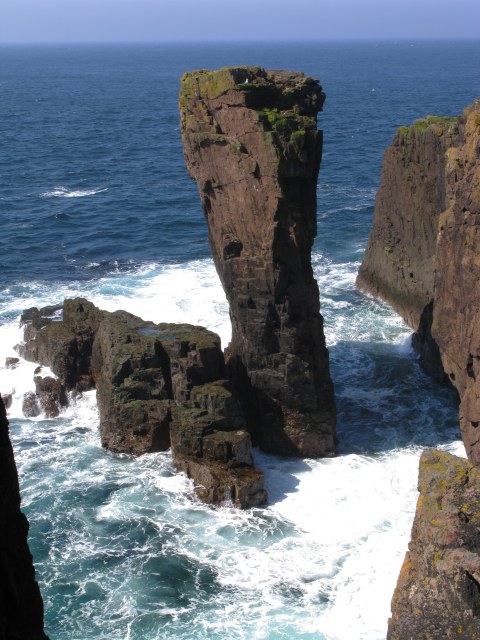
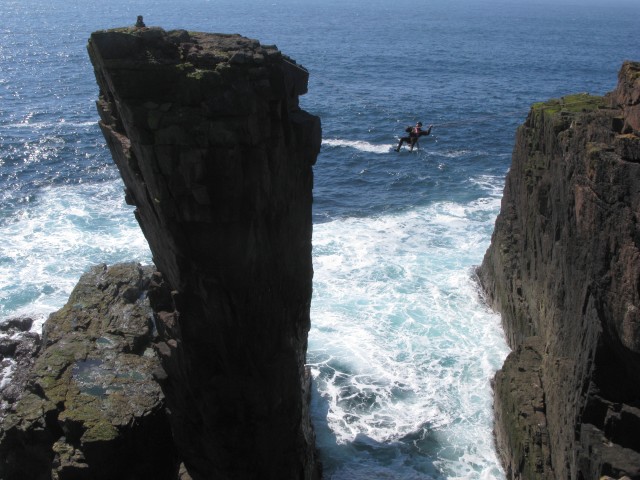
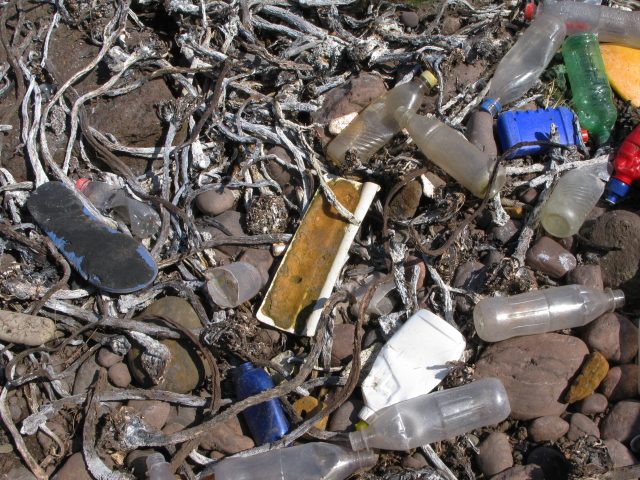
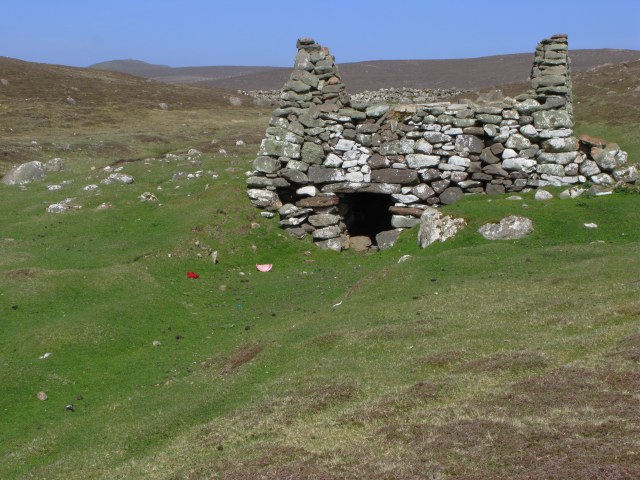
Little Virda Field is located at Grid Ref: HU1561 (Lat: 60.339089, Lng: -1.7212028)
Unitary Authority: Shetland Islands
Police Authority: Highlands and Islands
What 3 Words
///proper.polka.rooms. Near Walls, Shetland Islands
Nearby Locations
Related Wikis
Papa Stour
Papa Stour (Scots: Papa Stour) is one of the Shetland Islands in Scotland, with a population of under fifteen people, some of whom immigrated after an...
Biggings
Biggings is a village on the island of Papa Stour, in Shetland, Scotland. Papa Stour's church is situated at the south of Biggings. A homestead of Duke...
Papa Stour Airstrip
Papa Stour Airstrip is a small airstrip in the village of Biggings on the island of Papa Stour. Shetland, Scotland. == History == Papa Stour Airstrip opened...
Maiden Stack
The Maiden Stack or Frau Stack is a tiny stack in the western Shetland Islands to the north of Brei Holm and east of Housa Voe in Papa Stour. It is so...
Brei Holm
Brei Holm is a tiny tidal islet in the western Shetland Islands. It is due east of Papa Stour, to which it is connected at low tide, just outside Housa...
Forewick Holm
Forewick Holm is a 1-hectare (2.5-acre) island in the Sound of Papa in the Shetland islands, Scotland. Located between Papa Stour and the Sandness peninsula...
Sandness
Sandness (the "d" is not pronounced locally) is a headland and district in the west of Shetland Mainland, Scotland. Sandness was a civil parish, which...
Ve Skerries
The Ve Skerries or Vee Skerries (Old Norse: Vestan sker, West Skerries) are a group of low skerries (rocky islands) three miles (4.8 km) north west of...
Have you been to Little Virda Field?
Leave your review of Little Virda Field below (or comments, questions and feedback).
